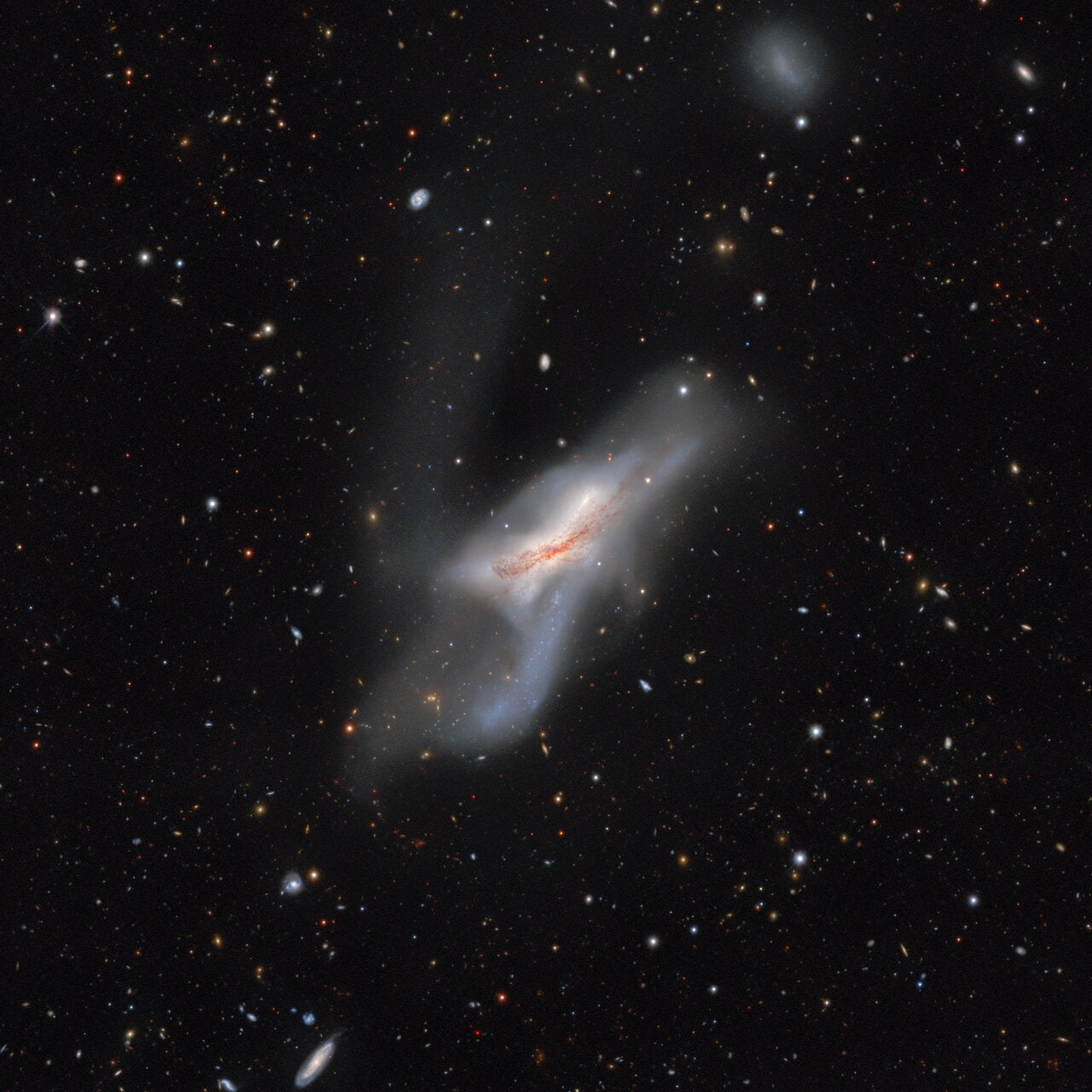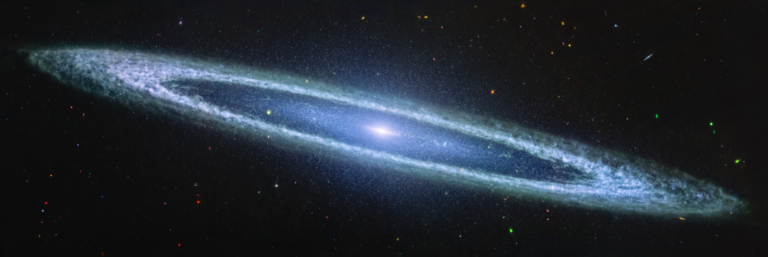
Thousands of colorful spirals, warm blobs and razor-thin ellipticals populate the National Science Foundation’s Noirlab atlas.
The atlas, named the Siena Galaxy Atlas, uses the data from three Dark Energy Spectroscopic Instrument Legacy Surveys taken between 2014 and 2017. Cerro Tololo Inter-American Observatory and Kitt Peak National Observatory collected data on the 383,620 nearby galaxy targets in the 20,000 square degree area – roughly half of the visible sky – making it one of the largest surveys ever conducted.
The 7,673-page online atlas presents a new possible naming convention for the galaxies, and captures images of the objects in optical and infrared wavelengths. Each of the target’s data set includes a whole slew of other information including its size and morphology.
“It also provides the best brightness measurements for galaxies, something we have not reliably had before for a sample of this size,” Arjun Dey, a NOIRLab astronomer, said in a news release.
Astronomers believe that the use of SGA will impact the future of astronomy by showing how stars form in anything from lenticulars to barred spirals and beyond, as well as the creation of dark matter and gravitational waves across galaxies. A supplementary study, released last week in the Astrophysical Journal, details more info associated with the data.
“The SGA is going to be the preeminent digital galaxy atlas for large galaxies,” Dey said









